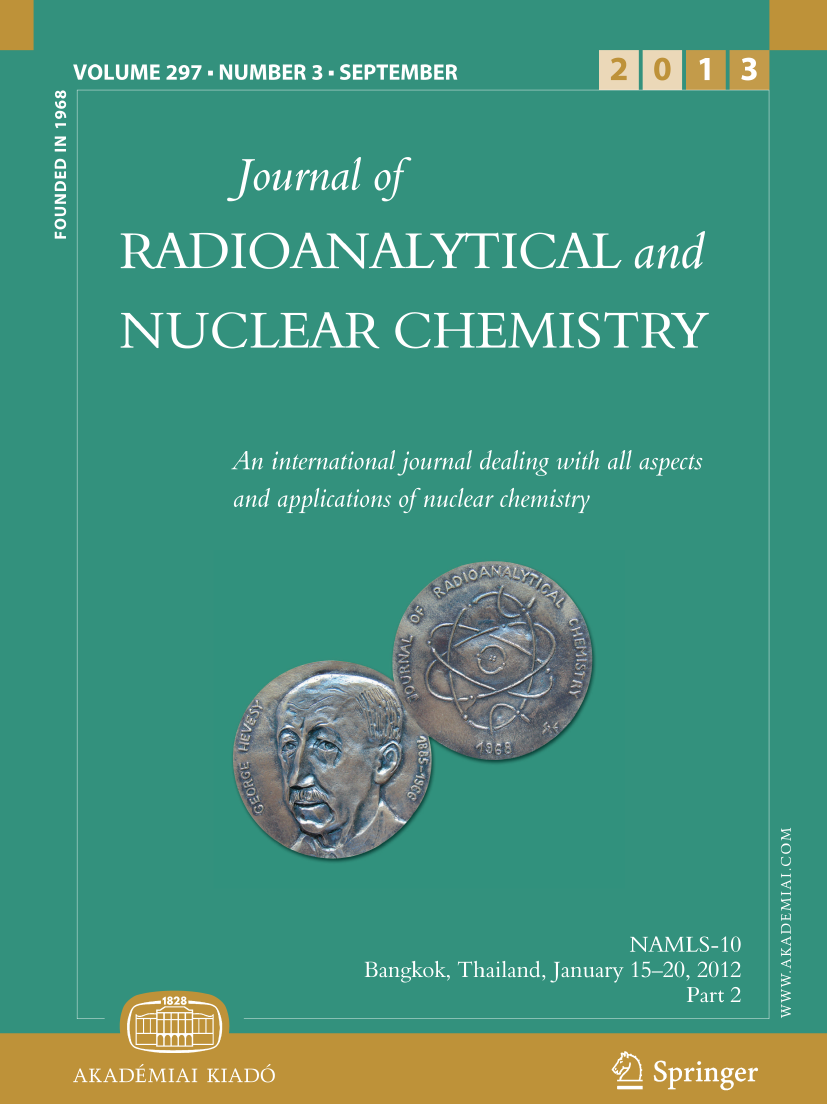Investigation into the chemical mechanism of praseodymium extraction for rare earth elements through high-temperature electrochemical extraction
Abstract
The experiment is based on the dry post-treatment of spent fuel, employing high-temperature electrolysis to eliminate rare earth elements from spent fuel. Electrochemical methods such ascyclic voltammetry, square-wave voltammetry and open-circuit chronopotentiometry, were employed to examine the electrochemical properties of target nuclide at an inert tungsten electrode in the LiCl–KCl molten salt system. The results demonstrate that Pr(III) ions undergo a three-electron exchange process under diffusion control, leading to the reduction of Pr(III) ions to Pr(0). Additionally, it is observed that the redox reaction of Pr(III) ions is reversible and governed by diffusion control. The determination of the electron transfer number for Pr(III) yielded a value of 3 through the utilization of square-wave voltammetry. The diffusion coefficients of Pr(III) ions and the thermodynamics of various Pr-Bi intermetallic compounds were computed. Based on its exhibited characteristics, this electrochemical method provides suitable conditions for preparing rare earth alloys through constant potential electrolysis, and the average extraction rate of Pr was validated as 92.90%.

 求助内容:
求助内容: 应助结果提醒方式:
应助结果提醒方式:


